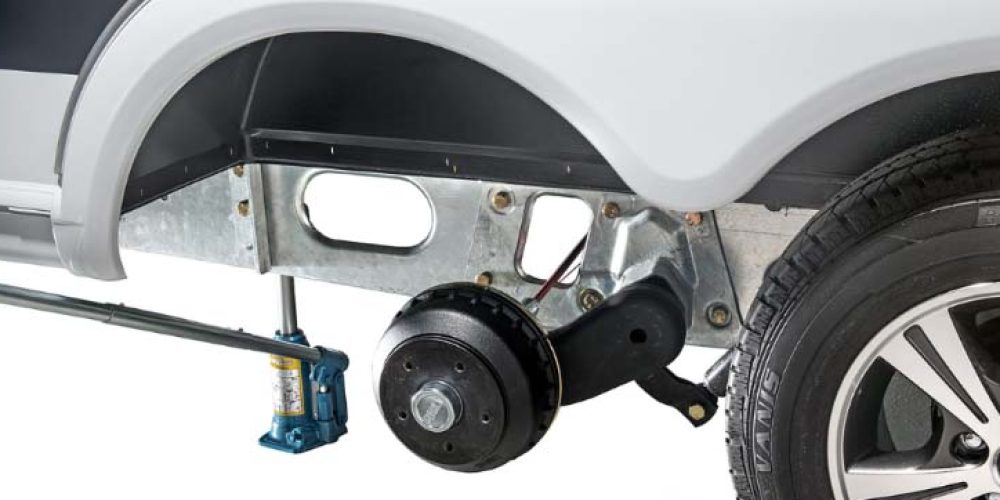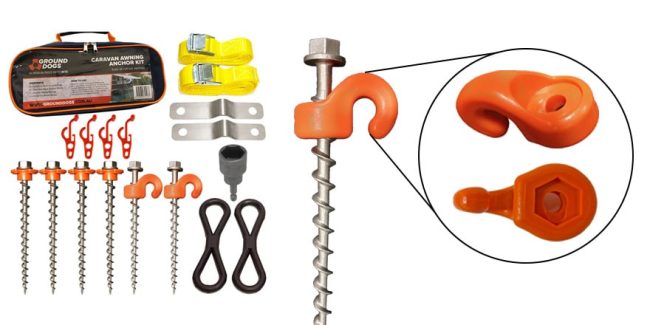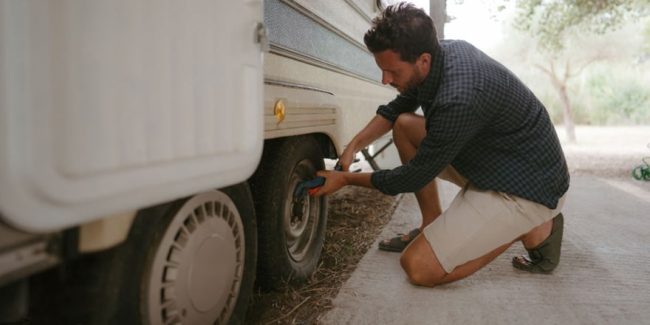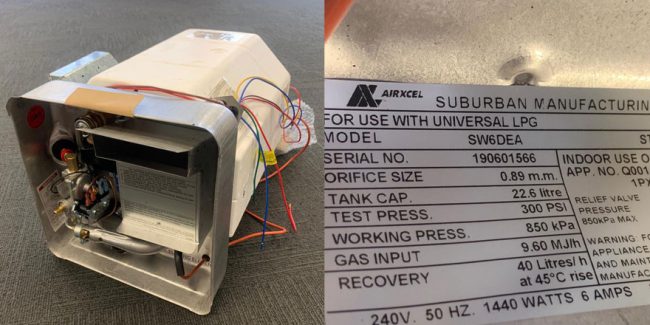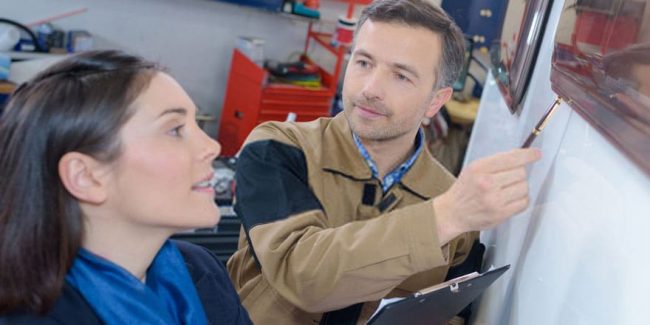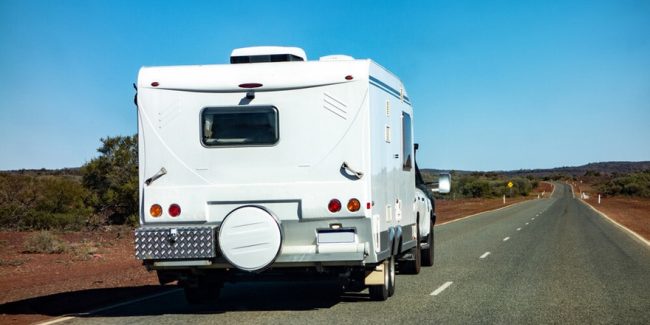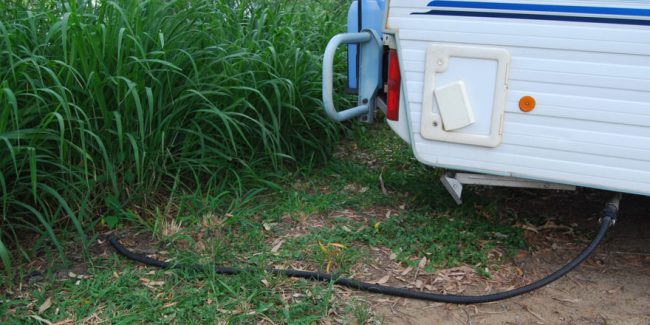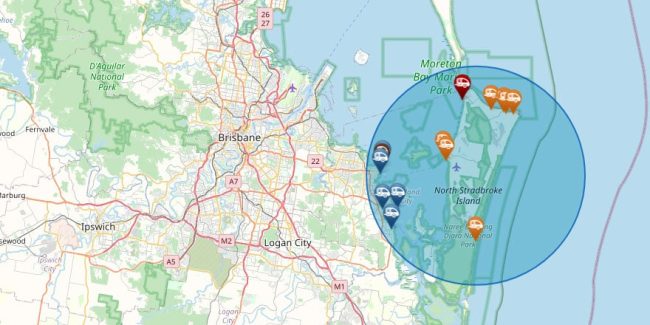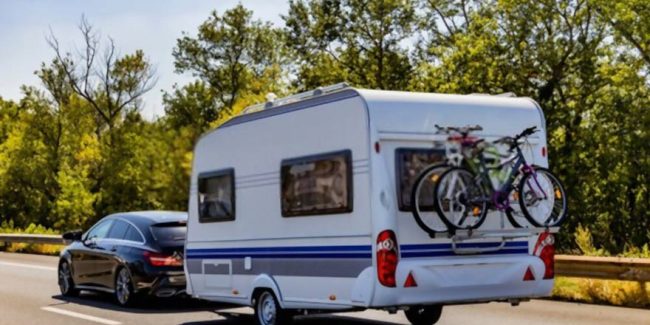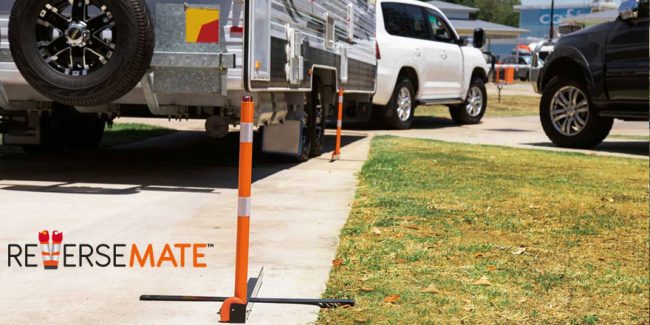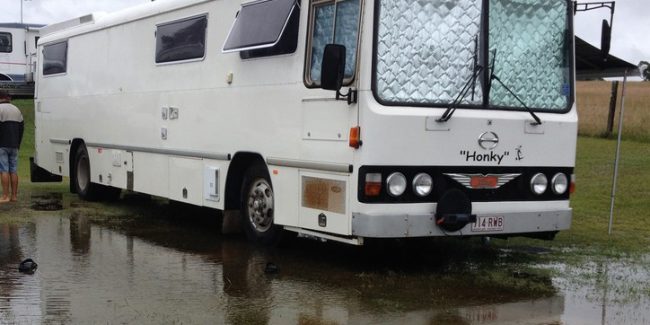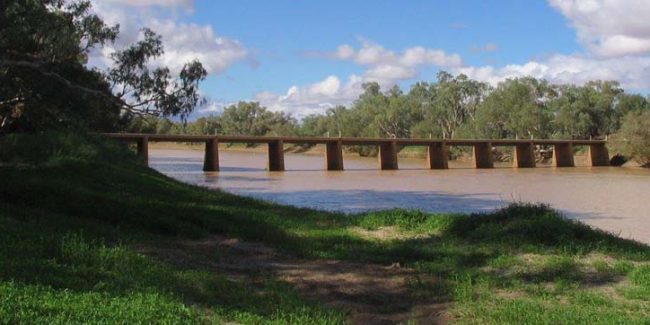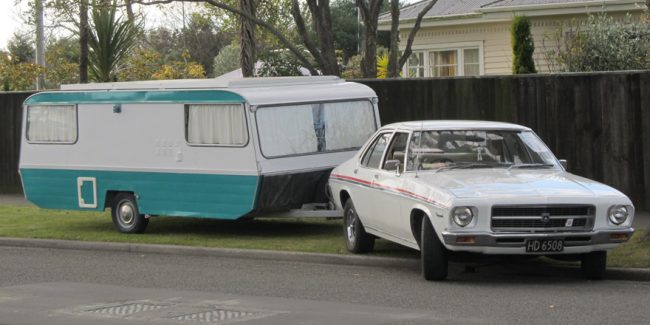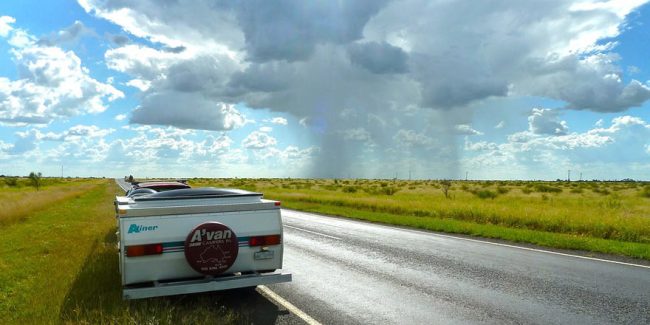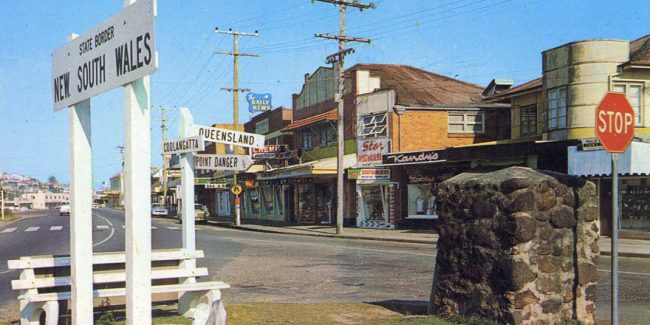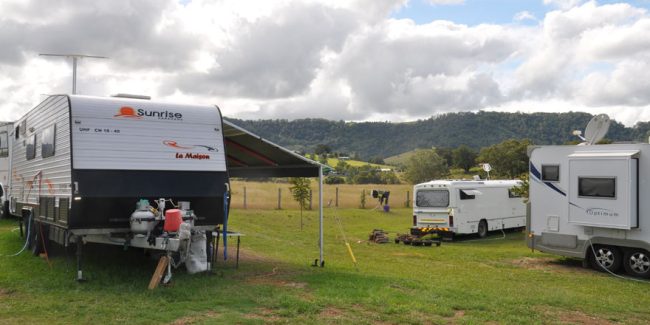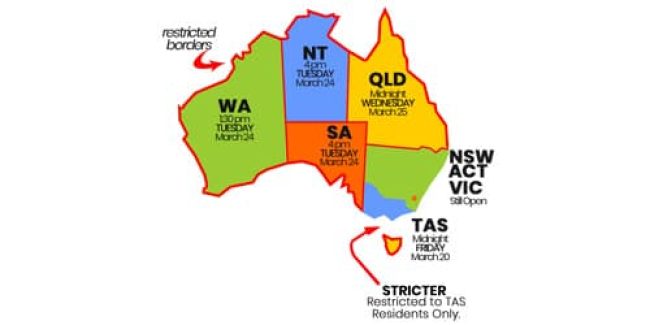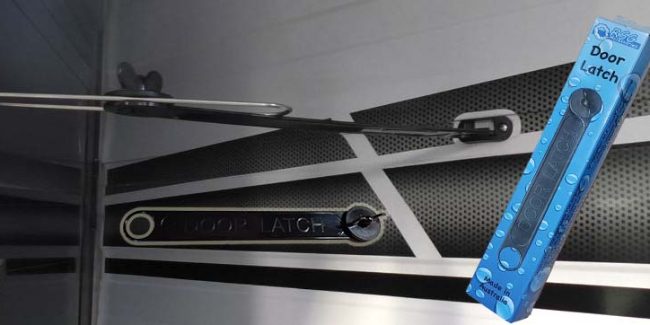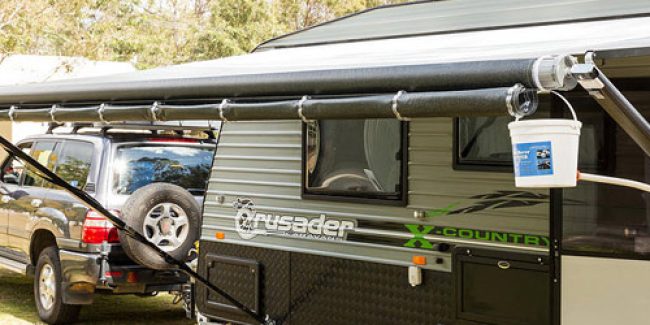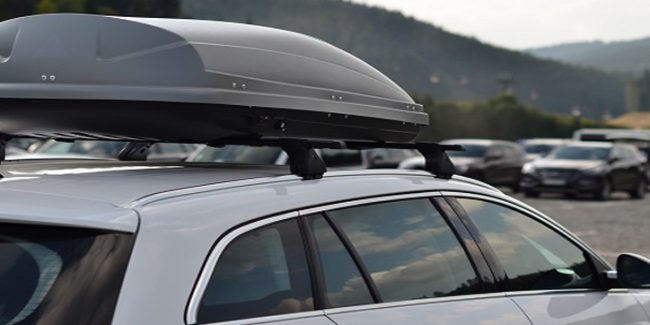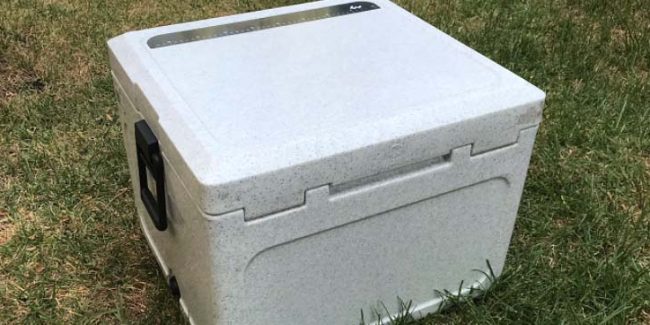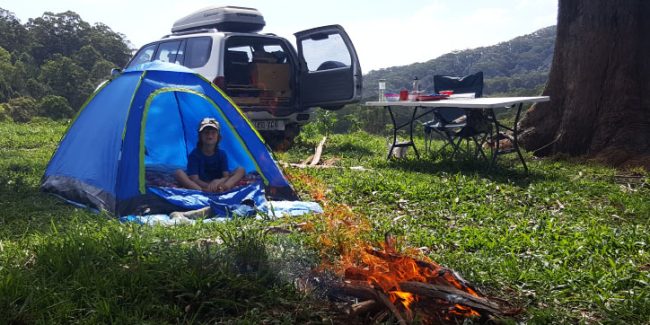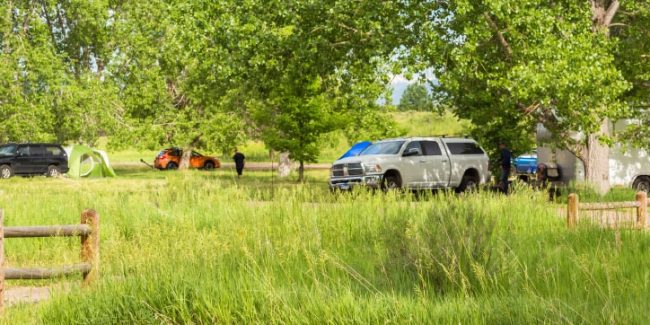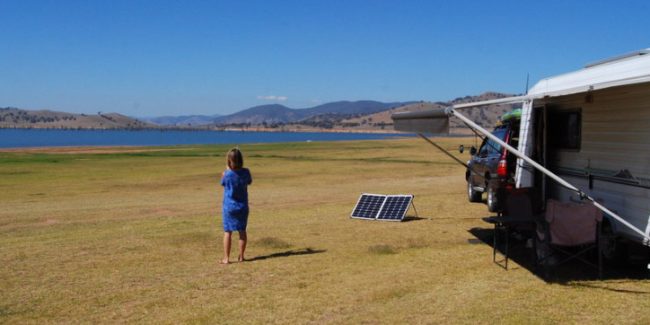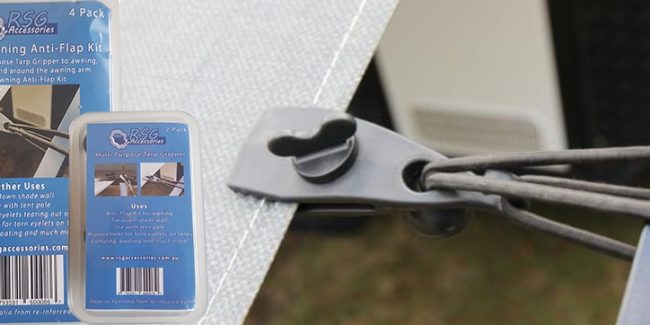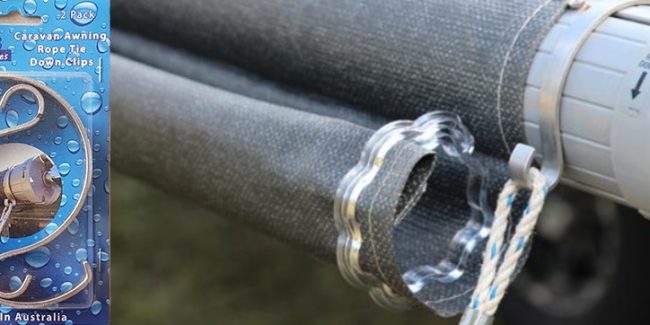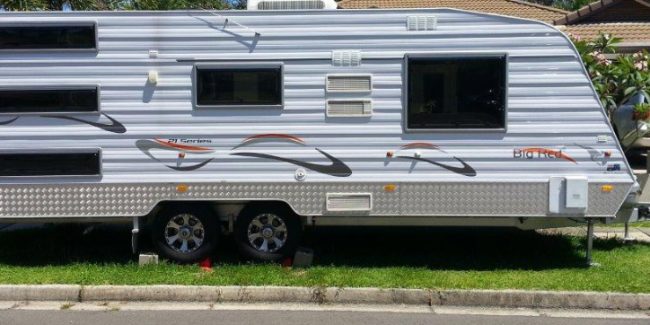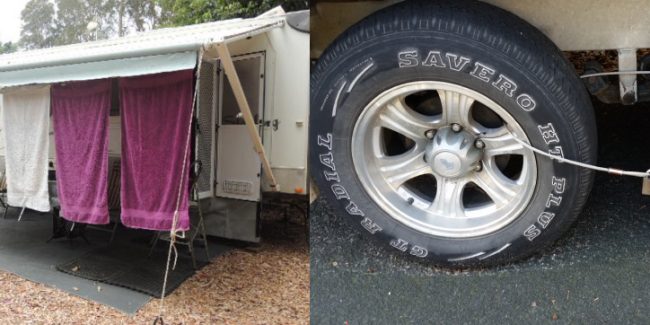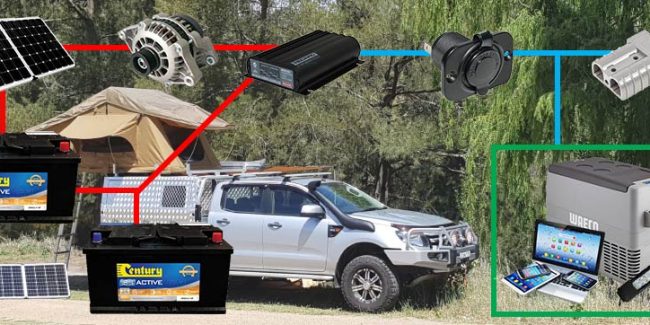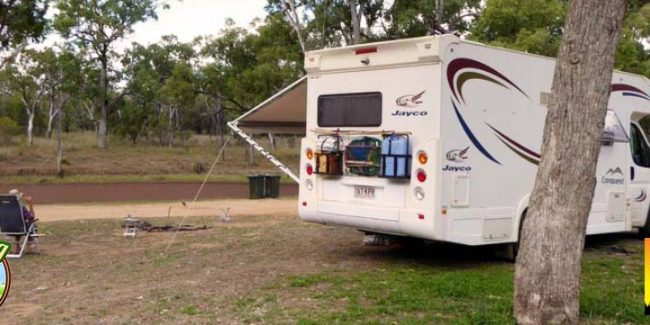We have recently been contacted by Colin from the Caravan Council about the increasing number of accidents caused by using jacks to change tyres on caravans and camper trailers.
No doubt, at some stage during your travels, you may have had the need to change the odd flat tyre, and if you haven’t, chances are the time will soon come. In most cases, your caravan, if purchased new should have the correct jack to suit meet your needs, however in some cases, jacks are replaced with non-compliant jacks. The other issue, of course, is not using the approved jack in the correct manner.
Colin advised that there have been some reports of jacks having their lifting mechanism unexpectedly fail, causing the jack to instantly collapse. With some of the main causes of jacking accidents being that either the jack is not completely suitable for the particular caravan or the jack not having its top positive-located so as to prevent it sliding in any horizontal direction.
The warning is simple,
“Every caravan owner should ensure that their caravan jack is appropriately Approved, and has a sufficient Load Rating, along with a sufficient Travel (lifting range). “
The article below by the Caravan Council outlines how to ensure this in more detail, including detailed specifications.
Caravan Jacks must:
- Be Approved to the Australian Standard
- Have the top positively located – by a mating locating recess – to prevent any horizontal slippage
- Be operational for when the caravan is both empty and fully-loaded
- Be positioned on a firm base
- Have a sufficient Load Rating
- Have a sufficient length of Travel
A Caravan Jack must:
• When on a firm base, be low enough to engage a locating recess, when any tyre is fully-deflated
• Have sufficient travel, to enable a fully-inflated tyre to replace that tyre
Allowance must be made for the suspension “droop” when the caravan is raised.
Allowance must be made for the probability that the tyres(s) on one side of the caravan will be loaded greater than on the other side. Typically, this may be around 10%.
A conservative assumption must be made on the actual Ball-Loading. It is of course much more preferable to have had the Ball-Loading measured, for the particular loading of the caravan.
While a typical caravan may have a Ball-Loading of around 10% of the actual mass of the loaded caravan, the actual Ball-Loading may only be around 5%.
Diagram 1 – Normal Condition
The relationship between a jack’s Load (lifting force) and its Travel, is a basic physics topic of Moments… which is Force X Distance.
With the Ball as the pivot, it is a “balance” or a “compromise” – for any given effective Load (M) times its Distance (LM) from the pivot – and the jack’s available Force (J) times its Distance (LJ) from the pivot.
The jack’s available Travel (Extended Length minus Retracted Length) must be sufficient to enable a tyre to be safely replaced. M x LM = J x LJ
Diagram 2 – Fully Deflated Tyre
The greater the LJ Distance, the lesser the J Force can be… and vice-versa.
Diagram 3 – Fully Inflated Tyre
Caution:
Never rely on a jack… tragic accidents have occurred when a jack has failed or has slipped.
It is most important to practise changing a wheel/ tyre before heading off on a trip so that you know exactly what to do if you have the misfortune to have a punctured tyre on your travels.
- Do you know where everything you will need, is stored… and how to use everything?
- Does the Wheel-Brace fit the wheel-nuts, and do you have the strength to loosen tightened nuts?
- Will the top of the jack correctly suit the jacking points on the underside of the chassis rails?
- Does the jack have sufficient lifting capacity (Load Rating)?
- Will the jack have sufficient travel… and is the minimum height low enough?
Always carefully read the Warning Notice and Operating Instructions supplied with the jack.
If something is not clear to you, contact the Manufacturer for clarification.
Typical (Conservative) Example:
“All-Up Mass” of caravan: 2,000 kg
Ball-Loading: 100 kg (5% of All-Up Mass)
Therefore effective Load = 1,900 kg
Heavier side of caravan M: 1,000 kg
Lighter side of caravan: 900 kg
LM = 2.00 m
Therefore M x LM = 2,000 kg.m
Therefore J x LJ must equal (or exceed) 2,000 kg.m
If LJ is 3.0 m, J must exceed 667 kg
If LJ is 4.0 m, J must exceed 500 kg
Locating a caravan jack
Other Articles by the Caravan Council
Caravan Jacks - The Do's & Don't
Caravan Pre-Delivery Inspections
RV Ownership in a new light
Safe Overtaking While Towing a Caravan
Selection of a Suitable Tow-Vehicle… For a Caravan
Disclaimer: This information is provided in good faith, in an effort to improve road safety. It is believed to be correct, but no liability whatsoever is accepted for any issues arising from using this information.
Original article provided courtesy of the CCA – www.caravancouncil.com.au – The CAA is a completely independent, non-profit, non-commercial body that provides free no-obligation compliance and technical advice to all manufacturers, importers, dealers, mechanics, owners, and potential buyers of recreational vehicles.
You can contact the CCA direct or visit their website via the links below.
www.caravancouncil.com.au [email protected]


